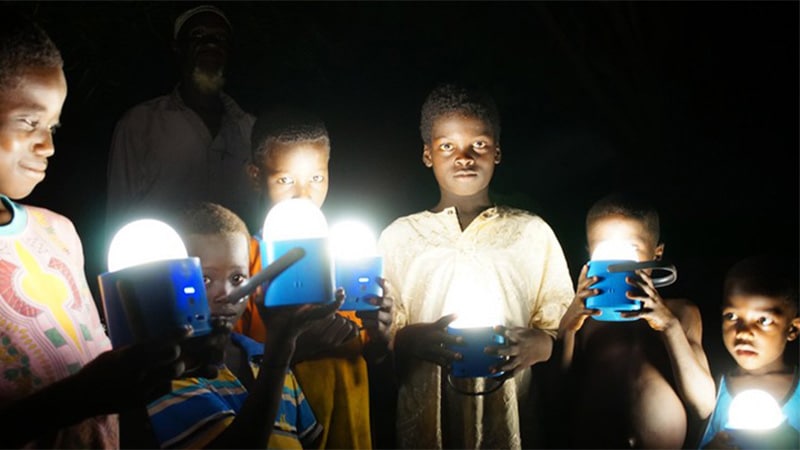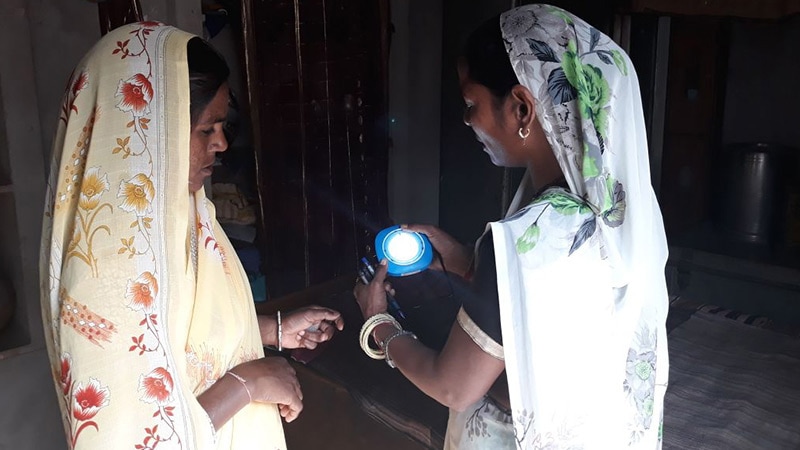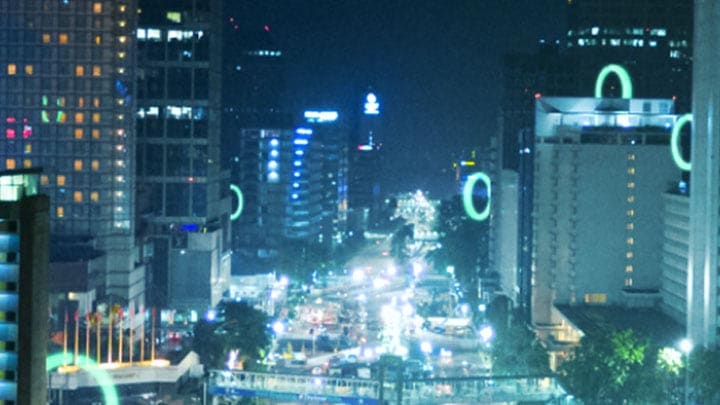20th June, 2023
Every year, millions of people are forced to flee their homes to escape conflict and persecution and cannot return without risking their lives, safety, or freedom.
UNHCR, The UN Refugee Agency delivers life-saving aid and protection during emergencies, advocates for improved asylum laws and systems so that displaced people can find long-term solutions in order that people can safely return home or build a promising future in a new country.
UNHCR’s statistics on forced displacement.
According to UNHCR’s latest Global Trends Report 2022,108,4 million people have been forcibly displaced. More than 1 in 74 people worldwide remained forcibly displaced, almost 90 per cent of them in low- and middle-income countries. The end-year total represents an increase of 19 million compared to the end of 2021 – more than the populations of Ecuador, the Netherlands (Kingdom of the) or Somalia. It is the largest ever increase between years according to UNHCR’s statistics on forced displacement.
Refugee settlements
The vast majority of refugees (approximately 78 percent) live in cities, whilst the remaining 22% live in refugee camps. Most camps are temporary facilities, initially intended as short-term solutions. However, as conflicts and uncertainty drag on for months and years, many camps become home to hundreds of thousands for decades. In protracted refugee situations - where mass displacement has affected a country for five years or more – it is common to have entire generations growing up in camps. In such cases, the camps are expanded to include education, livelihood opportunities, and resources for building more permanent shelters. This support is also extended to local host communities.
Some of the world's largest refugee camps are in Bangladesh, Ethiopia Jordan, and Uganda. The Zaatari camp in Jordan was established in July 2012 to house the large flows of refugees coming across the Syrian border. The camp was set up in nine days riddled with problems like the lack of electricity for lighting and for refugees to charge their mobile phones.
Future Challenges
Today Zaatari is a sprawling, bustling camp and home to around 80,000 Syrians. Prefabricated shelters including family compounds have largely replaced the rows of tents that were initially there. More than half the population are children, presenting challenges not just on how to provide schooling and but also on how to restore halted educations in Syria. A third of the young children do not attend school. There are some 9,500 young people in the camp aged between 19-24 who need skills training and - like their older counterparts – more livelihood opportunities too. Some 5.2 percent of these were at university in Syria but had to drop out due to the conflict, while just 1.6 percent successfully graduated. More long-term solutions must be found for this generation and for millions of others in similar predicaments.

Other challenges that refugees and internally displaced persons are facing in camps include protection risks (violence, exploitation, and abuse within camps, women and children are particularly vulnerable to gender-based violence, trafficking, and child labour), limited livelihood opportunities, poor living conditions due to overcrowded camps, limited access to basic needs.
Lighting needs and potential impact on protection and livelihoods
Lighting for refugees in camps are crucial for their protection, well-being, and livelihoods. As detailed in the 2022 compendium on the Safe from the Start program from UNHCR, insufficient lighting or lack of access to electricity can have negative consequences on the protection and livelihoods of refugees. Adequate lighting has several important positive impacts:

The impact of Private Sector Partnerships
Partnerships from private sector and contributions from corporate engagements are essential for UNHCR to maximize its impact and to make a difference by delivering lifesaving assistance and sustainable solutions for millions of refugees and displaced people worldwide.
Through long-term collaborations with private sector partners like the Signify Foundation, UNHCR can focus on:
Signify Global Media relations - Professional Lighting
Claire Phillips
Tel: +44 7956 489081
Email: claire.phillips@signify.com
Signify (Euronext: LIGHT) is the world leader in lighting for professionals, consumers and the Internet of Things. Our Philips products, Interact systems and data-enabled services, deliver business value and transform life in homes, buildings and public spaces. In 2023, we had sales of EUR 6.7 billion, approximately 32,000 employees and a presence in over 70 countries. We unlock the extraordinary potential of light for brighter lives and a better world. We have been in the Dow Jones Sustainability World Index since our IPO for seven consecutive years and have achieved the EcoVadis Platinum rating for four consecutive years, placing Signify in the top one percent of companies assessed. News from Signify can be found in the Newsroom, on X, LinkedIn and Instagram. Information for investors is located on the Investor Relations page.
